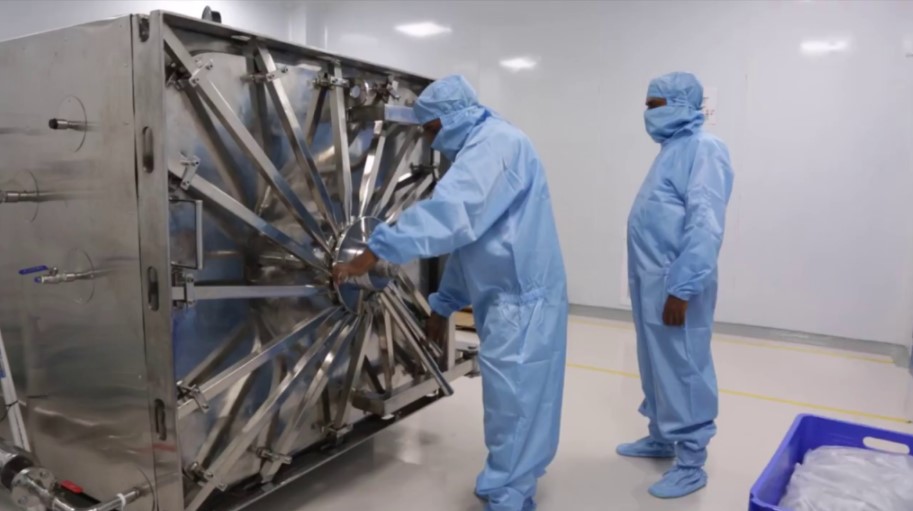ETO is known as ethylene oxide sterilization, which is a commonly used process in the field of medicine for the sterilization of equipment. It is a multi-purpose manufacturing product in the healthcare industry. It is a highly recommended process to save expensive and delicate medical instruments or devices. That can deteriorate without sterilization. The devices that cannot bear high temperature or moist conditions are sterilized by ethylene oxide. It is used in gaseous form and can penetrate cardboard pallets or the final packing of medical instruments. The higher penetrating capacity unlike other sterilization processes made ETO unique and effective. The gas kills the microorganism or stops its growth by restricting the division and growth of the cell, which ultimately sterilizes the device.
A dry heat oven is utilized in this process of killing the bacteria. It can use on various materials and devices without disturbing the function of that device. The process has a flexible cycle in which the modality needs electricity to run the process and gas can be stored or transferred in single packaging. The gas contains carcinogenic material, flammable properties, and is found toxic to humans; therefore, safety measures are before applying this method. It is a multi-step and complex process and has effective results as well. You must be aware of the toxic effects of the gas if emitted into the environment before applying the process. It is a three-step process that is written below:
Stages of Ethylene Oxide (ETO) Sterilization
1. Preconditioning
Preconditioning is defined as preparing the ideal temperature, pressure, and humidity in the modality to perform the ETO sterilization process. Gas is penetrating the modality by removing the air that allows efficient working. The gas should be safe and secure in the modality or chamber, there must be no leakage in the chamber. As ETO is the only process that is effective in a humid environment, the load of humidity is reduced by inserting the steam into the chamber. The steam also increases the heat of the chamber or hot water is used for this purpose. The hot water is stored in the jacket and the jacket is placed in the chamber all the time to avoid temperature change.
2. Sterilization
The actual sterilization process occurs in the second stage. The ethylene oxide penetrates the chamber through an evaporation process that increases the humidity level and allows the gas to cover all the parts of the chamber and maintain enough amount of stream. The sterilization started right after achieving the desired or particular concentration of all the components. The appropriate amount of the ETO reduces the sterilization time and vice versa. As the gas penetrates the plastic material present in the chamber, so maintaining the right amount of gas for sterilization is very important. You should keep checking the ETO quantity in the chamber to make the process secure and effective.
3. Aeration
Evaporation of the excessive gas from medical instruments after sterilization is called aeration. It is an important stage and requires more time as compared to the other two stages. As the ETO can penetrate the rubber and plastic material of the chamber or medical instrument, so removing the gas is very essential. Usage of medical devices on a patient without removing the ETO can damage the tissues of the body as the gas contains toxic material.
Therefore, the aeration stage must be performed with expertise and ensure that there is no gas remaining in the sterilized items. Aeration is a slow process in which a gas-tight pipe is placed in the chamber that is attached to the rooftop from another side, it requires 30-50 degrees centigrade temperature and up to 48 hours to complete the process. The ventilation pipe should not have any leakage as it can cause severe results and do not use hospital ventilation piping, as it is too risky. A special ventilation pie is recommended for this process.
Precautions:
There are certain precautions that you should keep in mind while performing the sterilization or any other lab testing such as bioburden testing to reduce the harmful effects. Leakage of ETO gas from the chamber can cause damaging effects on the environment and human body, therefore, keep a close eye on it. Few strategies to stop ETO leakage are written below:
- Try to convert ETO gas into other chemicals by ETO diminishing technologies.
- The concentration of gas must reduce in each cycle.
- Use flexible and small cartridges to hold ETO gas while sterilization.






